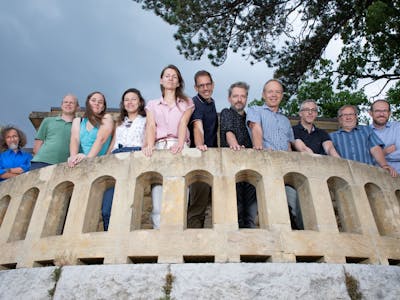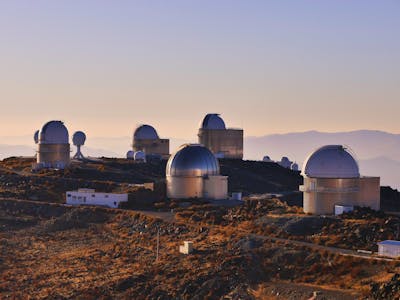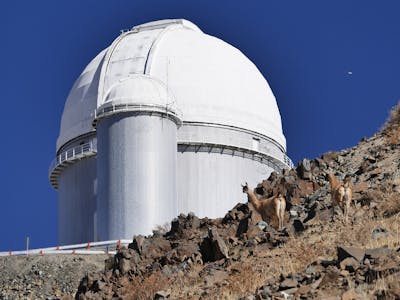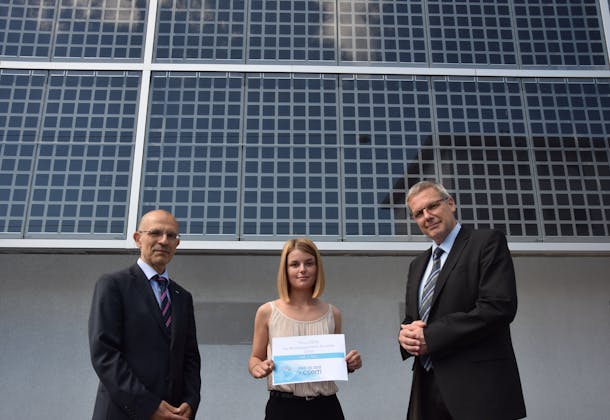About NIPRS - the Near Infra Red Planet Searcher
The University of Geneva (UNIGE) is a pioneer in the search for exoplanets. It shares the role of Co‑Principal Investigator (PI) of the Near Infra Red Planet Searcher (NIRPS) project with the University of Montreal. The NIRPS project is a collaboration between several international institutions to develop a near‑infrared spectrograph to equip the 3.6m telescope of the European Southern Observatory (ESO) in La Silla, in the Atacama Desert in Chile. The project is an extension of the HARPS (High Accuracy Radial Velocity Planetary Searcher) project, which was codeveloped by the Geneva Observatory and several major international institutes and has discovered hundreds of exoplanets. In 2019 the Nobel Prize in Physics was awarded to Michel Mayor and Didier Queloz “for the discovery of an exoplanet orbiting a solar-type star”. Mayor and Queloz were both involved in the HARPS project as members of the scientific team.
About UNIGE - the University of Geneva
The University of Geneva was founded in 1559 by Jean Calvin and Théodore de Bèze and it ranks amongst the top 1% of universities in the world. It enjoys worldwide recognition and develops an ever-strengthening international network, building upon its unique situation at the heart of International Geneva, a world capital for multilateralism. As a research-intensive institution, UNIGE has been awarded numerous prizes, including Nobel prizes and Fields medals, and is an active member of the European League of Research Universities (LERU). UNIGE focuses on multidisciplinary approaches to face today’s challenges such as the digital revolution and the sustainable development goals. UNIGE welcomes about 19’000 students coming from nearly 150 different countries in its nine faculties and thirteen interdisciplinary centers embracing Sciences, Medicine, Humanities, Economics and Management, Social Sciences, Law, Theology, Psychology and Educational Sciences, as well as Translation and Interpreting. UNIGE fulfils three missions: education, research and knowledge sharing. www.unige.ch
Additional Information
CSEM - Press contact
Sabina Müller
Press Relations
Tel. +41 79 361 50 12
media@csem.ch
CSEM - Project Information
Christopher Bonzon
Project Coordinator & Manager
for Laser Technologies
Tel. +41 32 720 53 81
christopher.bonzon@csem.ch
UNIGE - University of Geneva
Press relations
Tel. +41 22 379 77 96
media@unige.ch






